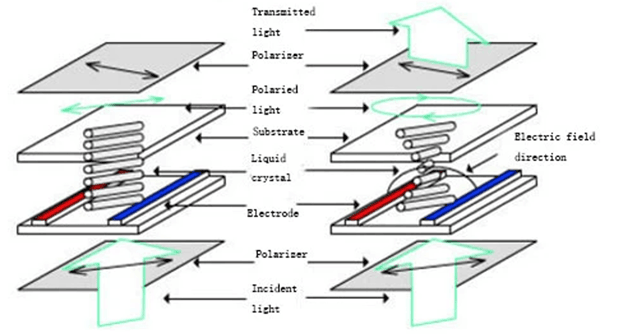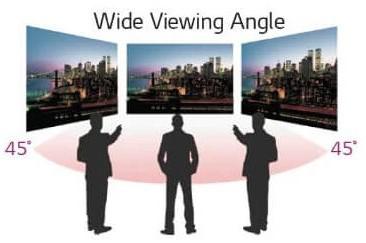Discover the differences between IPS and LED displays, including IPS display vs LED, IPS panel vs LED, and LED vs IPS screen. Learn which technology best suits your viewing preferences and needs.
Understanding the differences between IPS and LED technologies is crucial. Both have unique features that cater to various needs, making your choice highly dependent on what you prioritize in a screen. In this article, we explore the distinctions between IPS displays and LED screens to help you make an informed decision.
What is an IPS Display?
IPS (In-Plane Switching) display technology is renowned for its superior color accuracy, wide viewing angles, and consistent image presentation. It was developed to overcome the limitations of earlier LCD panels such as TN (Twisted Nematic) panels. IPS displays are ideal for tasks that require precise color representation, making them a popular choice among graphic designers and photographers.

What is an LED Display?
LED (Light Emitting Diode) displays use LED backlighting to illuminate the screen. This technology offers exceptional brightness and energy efficiency compared to older CCFL (Cold Cathode Fluorescent Lamp) backlit displays. LED technology is used in a wide range of screens, including TN, VA, and even IPS panels, enhancing their performance with brighter and more vibrant images.

IPS Display vs LED: Key Differences
Color and Image Quality
IPS Displays: Known for their excellent color accuracy and consistency, IPS panels ensure that colors remain vivid and true to life regardless of the viewing angle.
LED Displays: The quality of color and image can vary depending on the type of panel used (TN, VA, IPS), but LED backlighting enhances brightness and contrast across the board.
Viewing Angles
IPS Displays: Provide wide viewing angles, maintaining image quality and color accuracy even when viewed from the side.
LED Displays: Viewing angles can differ based on the panel type; IPS LED panels offer the best angles, while TN panels may fall short.

Energy Efficiency
IPS Displays: Generally consume more power due to their complex technology.
LED Displays: More energy-efficient, particularly when using advanced LED types like OLED.
Response Time
IPS Displays: Typically have slower response times compared to TN panels, which can be a consideration for gamers.
LED Displays: Response times vary, with TN panels offering the quickest response, appealing to gaming enthusiasts.
Conclusion
When deciding between an IPS display and an LED screen, consider your primary usage. If color accuracy and wide viewing angles are important, an IPS display is ideal. For enhanced brightness and energy efficiency, an LED screen, especially one with an IPS panel, is a great option.
By understanding your specific requirements, you can choose the display technology that best fits your lifestyle and ensures the best viewing experience.
Post time: Sep-27-2024







